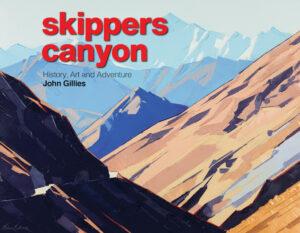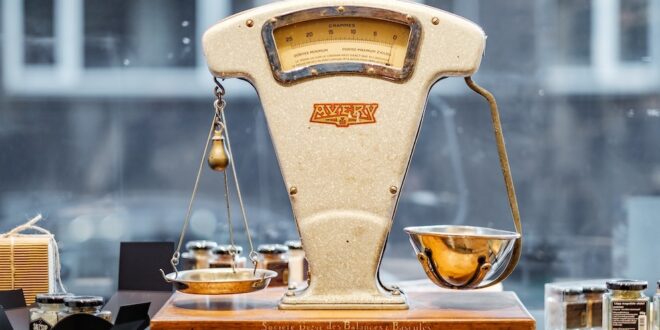One could hardly be blamed for thinking life itself was one huge balancing act with so many influences vying for a rightful place on the scales of life. Perhaps the key to success is the ability to identify those influences which must occupy centre stage in one’s life at any one time while being aware these may need swift adjustment to accommodate the inevitability of change.
Backtrack to childhood. At some stage, most of us would have been encouraged by our parents to excel in academia, on the sporting field and possibly in music (learning the piano, for example), with the arts in general being regarded as “nice to have” but not necessary. Despite our many advances in considering ourselves “enlightened”, only recently have the arts been recognised as being crucial to personal development. Painting, music, acting and dance offer critical avenues for personal expression involving both creative drive and emotion. And now, I believe, we can all accept the arts help with problem-solving, critical thinking and communication, thereby becoming an essential element in both self-esteem and self-confidence.
But is academic life the only prerequisite for a balancing act involving the arts? Experiences in our own home suggest not. Many years ago my wife and I decided to do some major alterations to our ninety-five year old home. One of the builders involved in the construction turned out to be an expert in ceramics, making Toby jugs to rival any I’d seen both at home and abroad. A few months ago we discovered a leak in our entrance hall bathroom necessitating its repair, including replacement of the tiles on the walls and floor. Enter the tiler, a cheerful, robust middle-aged man who, I was sure, would have made an excellent front row forward for any rugby club. Somehow, the conversation turned to the creative arts. In a flash, out came some examples of his work with tiles made into some rather complex, perhaps tongue-in-cheek compositions including parachutes of fried eggs! So impressed were we with his creative skill, his work “anchored” now hangs firmly anchored to our hallway wall.
Thanks to these and similar stories related by friends and family, I am firmly convinced academic life is not the only pursuit deserving of balance with artistic activities. Maybe we should change the title of this article to: “Balancing occupation with artistic abilities”.
For centuries, the medical profession has provided plentiful subject matter for artistic expression in all disciplines of the arts, including painting, writing, music and dance, with books devoted to the subject of medicine and art. Most doctors today appreciate the profession of medicine can be a jealous mistress, demanding one’s undivided attention. As most judgments in medicine are based on probability, professional stress has the potential to become a dysfunctional influence. Therefore, it seemed to me almost mandatory to find some balance that promotes both self-esteem and self-confidence – enter the arts.
One day in 1989, I happened to be in the Christchurch medical library when I came across an article about the International Association of Artist Doctors, based in Barcelona, Spain. Thinking they may be a group of medical illustrators, I dropped them a line. To my surprise, they replied: “Te nombramos presidente de la union neozelandesa de medicos artistas”. In other words, I had just been appointed president of the New Zealand Association of Artist Doctors (NZAAD).
Eventually, when the mirth settled, I appreciated the potential value of such an organisation and gathered a group of like-minded doctors in order to draw up a constitution and get started. Our first concert was held in the Great Hall of the Arts Centre in Christchurch the following year and sold out in four days. Since then, the association has grown steadily and now features an art and craft section as well as individual performers, small groups and a fifty-piece orchestra. This year our keynote item was Finlandia, which became a most moving item in the context of the current war in Ukraine.
On the face of it, one might dismiss the association as being just doctors having fun. However, here is an environment which is academically neutral in which doctors from all disciplines in medicine can come together to share and enjoy their creative skills. That said, the most outstanding attribute of the NZAAD is not the performance, which at best could be labelled “superb mediocrity”, but rather the collegiate association which benefits not only doctors, but also the patients whom we all serve. Is this an ideal example of balancing academic life with artistic abilities? With the feedback from participants and the loyal support of sponsors over so many years, I am tempted to imagine it may be so.
During my medical career I maintained an active art interest and in 1977 held my first exhibition at Abernethy’s Gallery in Dunedin. Many exhibitions followed with a sell out at the Village Bygones in Christchurch in 1994. When I retired in 2008, two years after open heart surgery, I saw my chance to become a full-time artist. My interest in Skippers Canyon
was ignited on a visit on my honeymoon but it wasn’t until forty years later I started to collect the landscape paintings and sketches which feature in my current publication “Skippers Canyon, history, art and adventure”. So, with the experience of having to write the script as well, I believe, now in retirement, I am well on the way to finding that elusive balance between academia and artistic activity.
 Skippers Canyon: History, Art and Adventure by John Gillies, Quentin Wilson Publishing, RRP $39.95
Skippers Canyon: History, Art and Adventure by John Gillies, Quentin Wilson Publishing, RRP $39.95









Join the Discussion
Type out your comment here:
You must be logged in to post a comment.